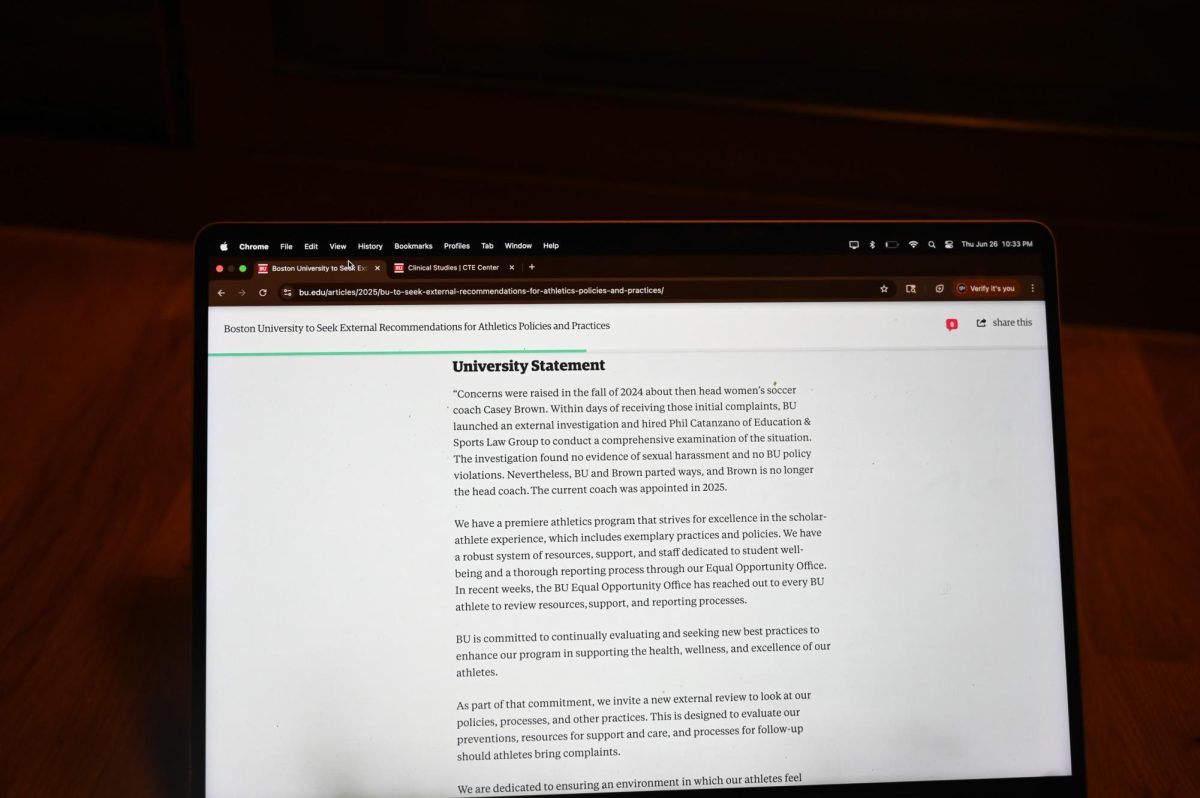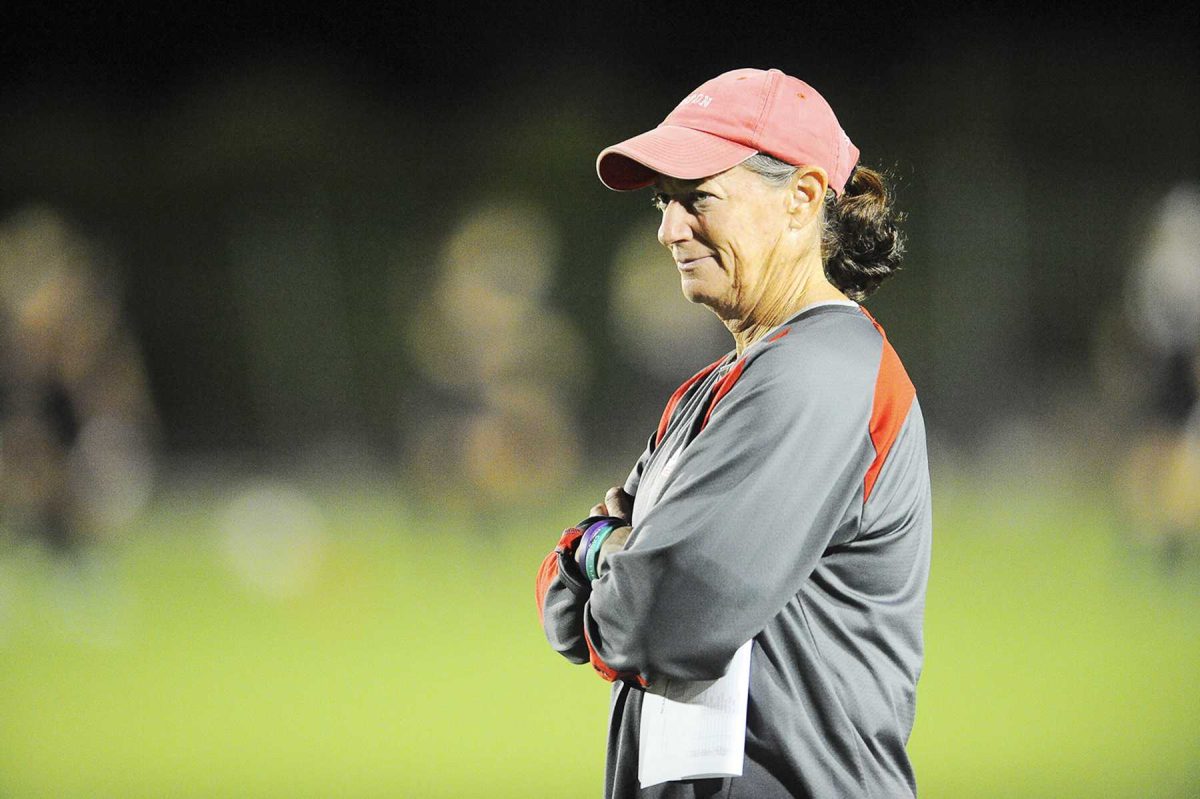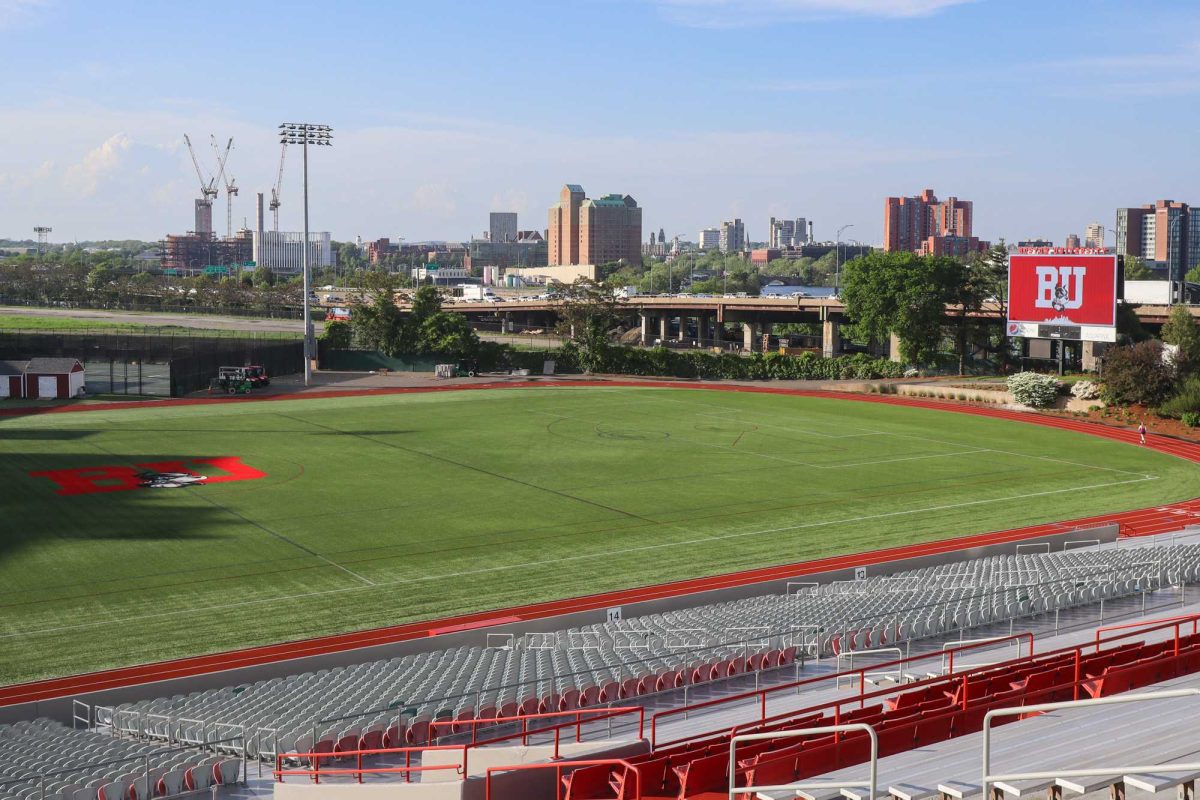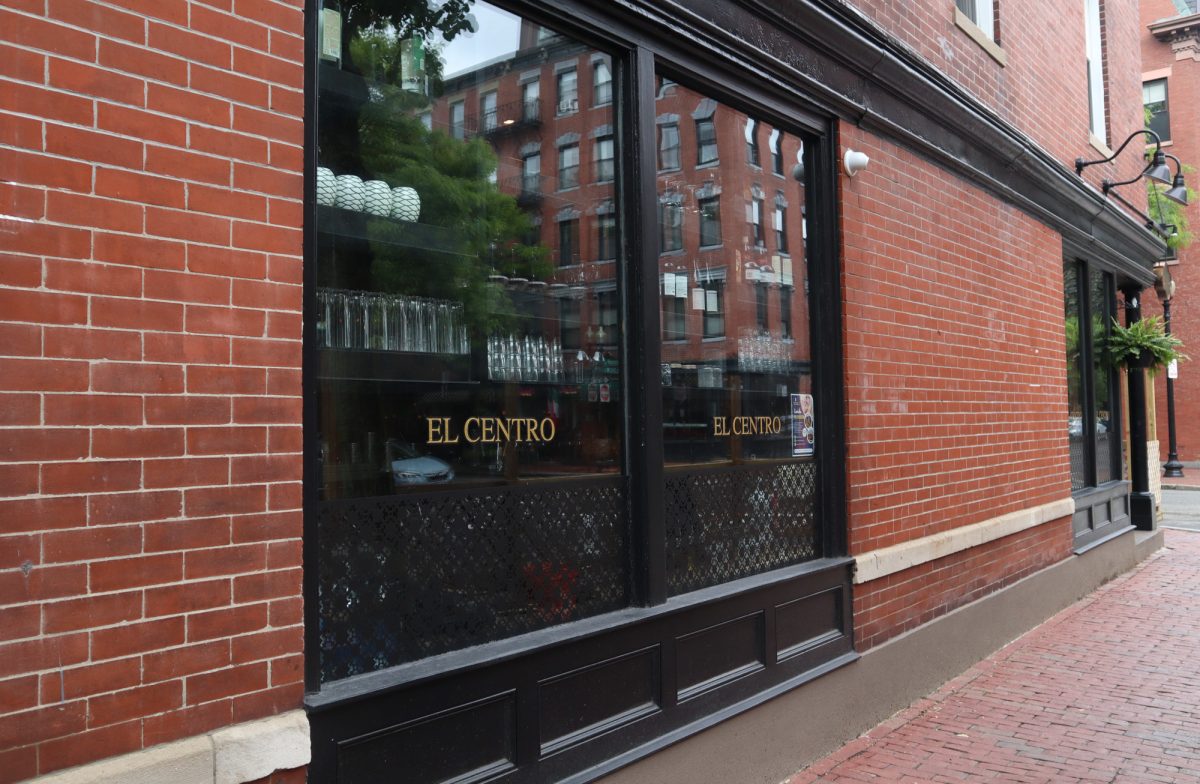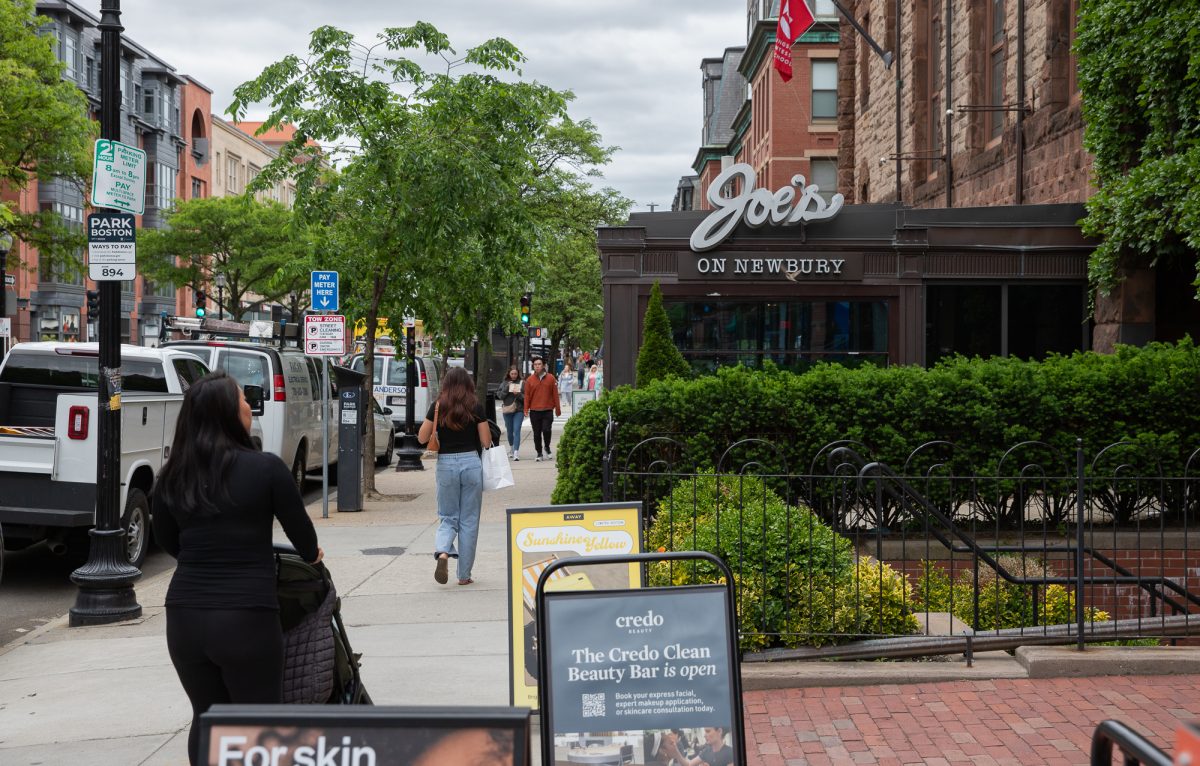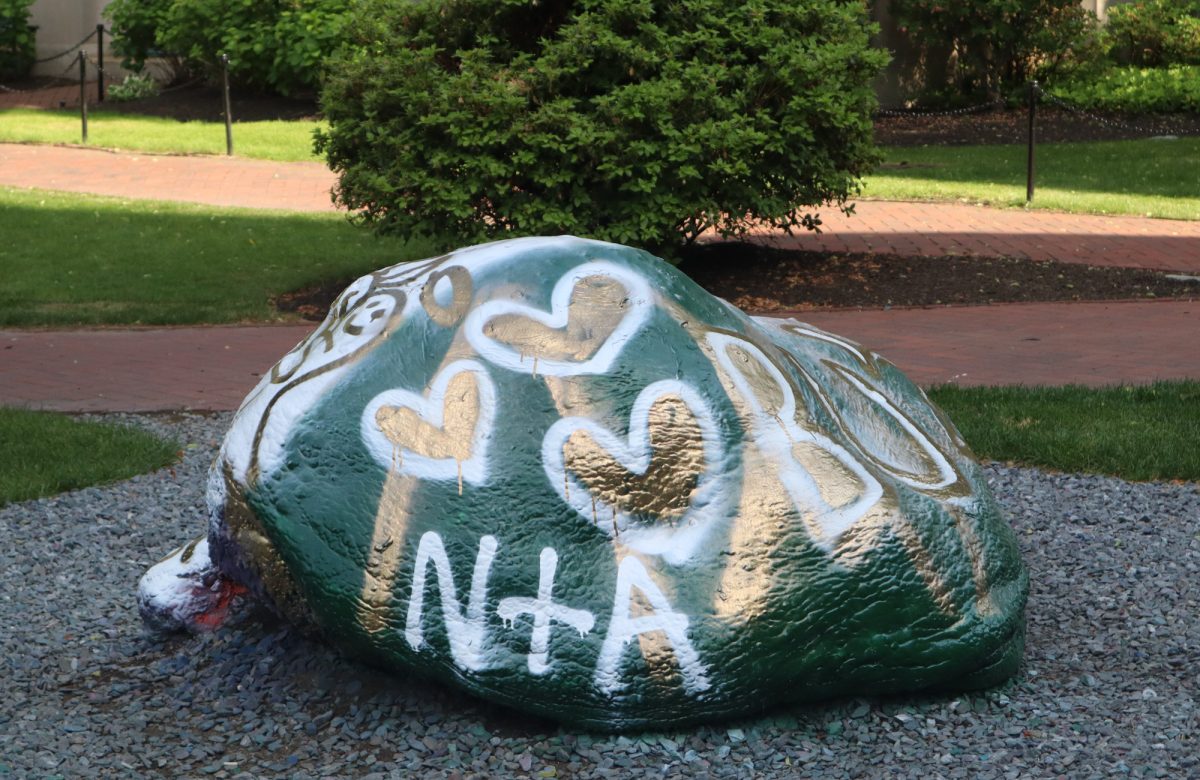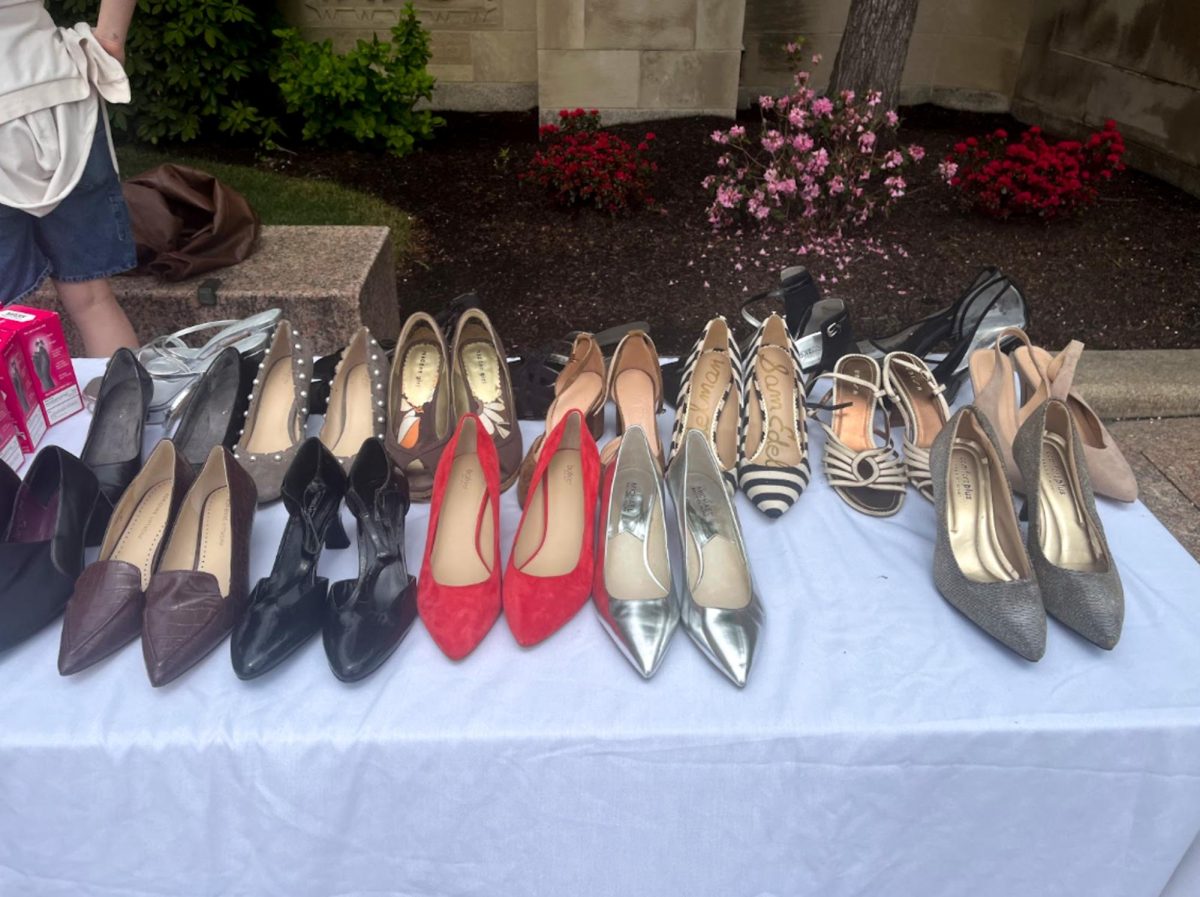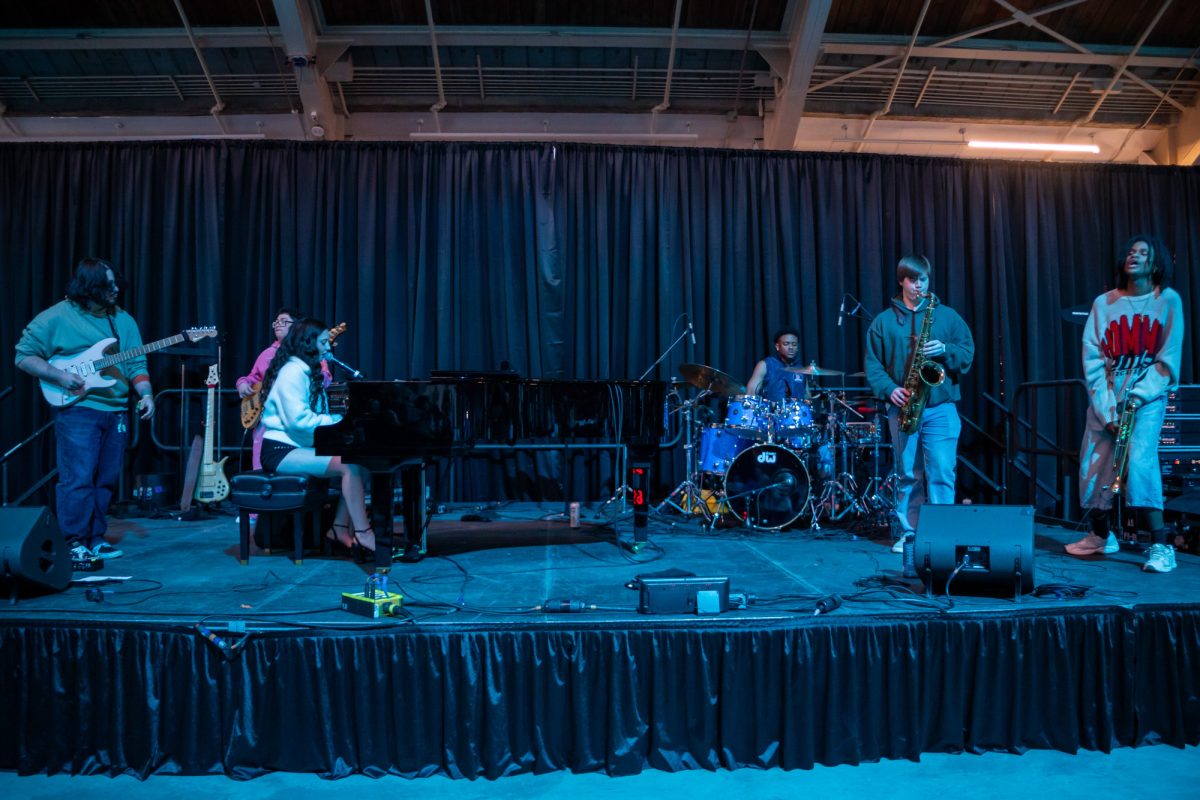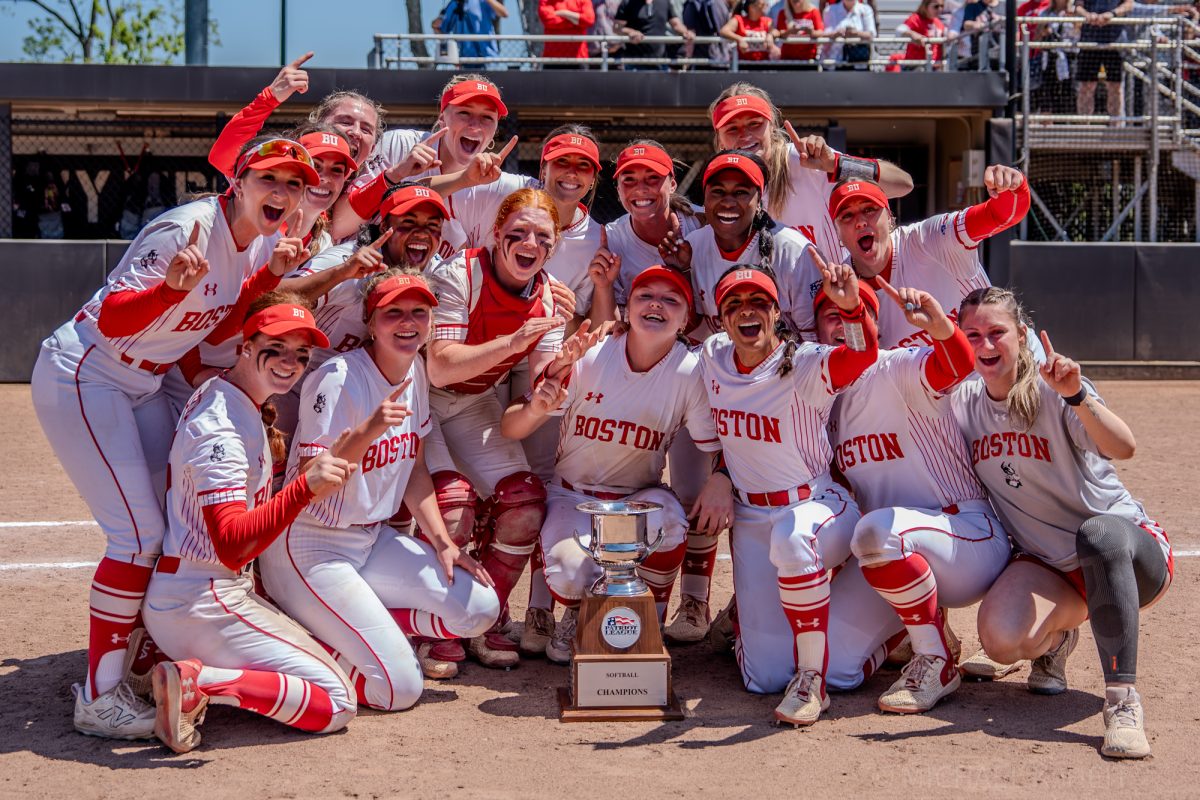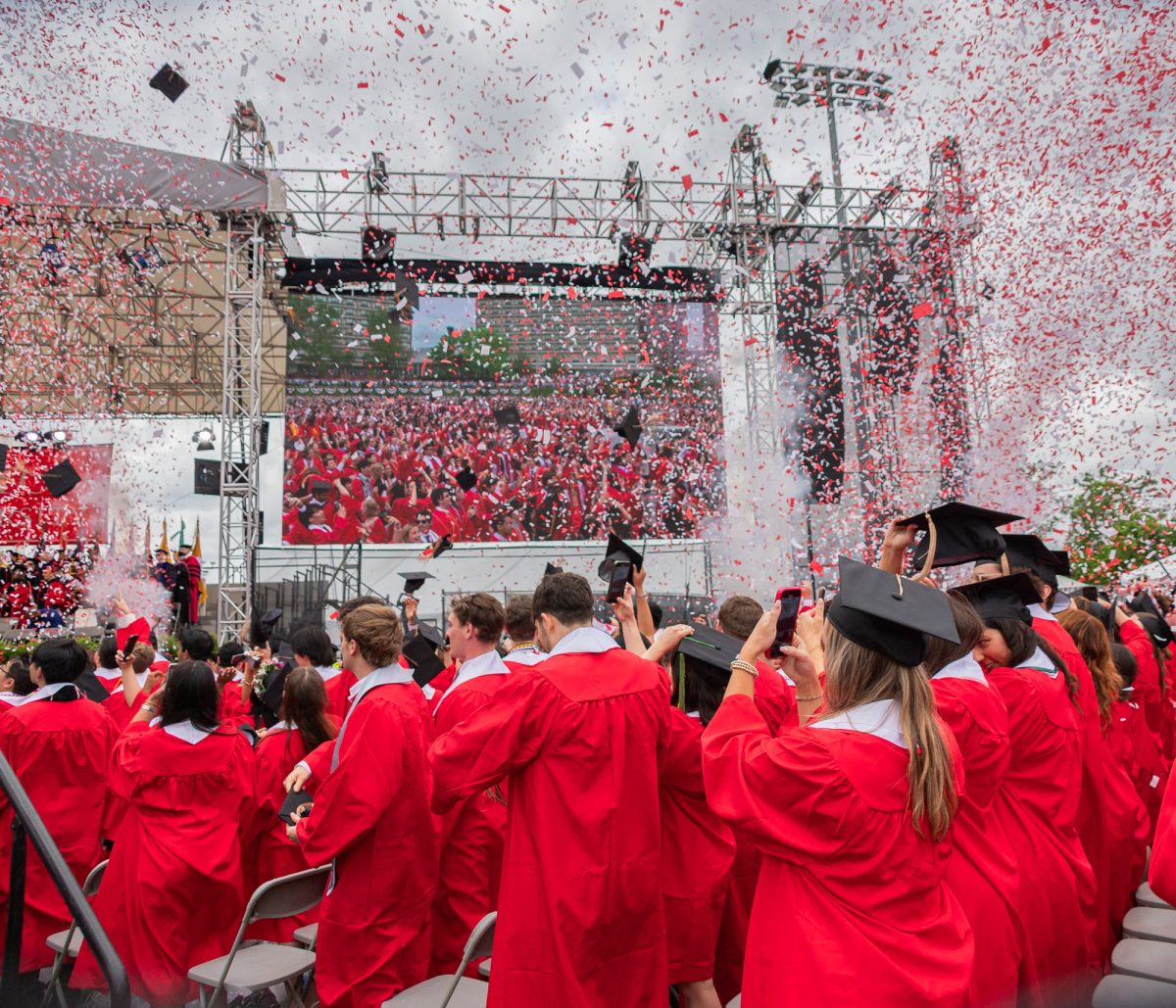June 11 — Before you scoff at a dorm named Sleeper and wonder whether the library’s called Reader, take a moment to appreciate the history of Boston University — and its legacy upon which students stride, study and, yes, sleep. As it grew from a rural seminary to a multibillion-dollar research institution, the big players in the university’s history left behind namesakes from the newly anointed Silber Way to Rich Hall, and everywhere in between.
HUMBLE BEGINNINGS
Like almost all of its schools and colleges, the forerunner of Boston University itself was established under another name. In 1839, a group of Boston Methodist clergymen inaugurated the Newbury Biblical Institute in Vermont. Wealthy trustees eventually brought the school back to Boston, and, in 1869, trustees Isaac Rich, Lee Claflin and Jacob Sleeper petitioned the state legislature to charter Boston University. From the outset, BU accepted students of all religious denominations and races, becoming coed in 1873. BU soon educated not only some of the nation’s first female physicians, but also Solomon Carter Fuller, the first black psychiatrist. Though BU was always a secular institution, administrators were still schooled in deep-rooted Methodist mores well into the 20th century. Prohibition was extolled and dormitories remained single-sex for decades. According to BU historian Katherine Kilgore’s Transformations: A History of BU, President Arland Christ-Janer was the first BU president to confess — in 1967 — he drank beer now and then.
GROWING PAINS
While the Methodist mindset stuck with BU for decades, the trustees decided to at least shift its earthly station in the 1920s. The small, converted office buildings near Beacon Hill and Copley Square could no longer accommodate a growing student body. Looking for an open space close enough to the heart of Boston for students to commute, President Lemuel Murlin settled on 15 acres of converted swampland between Commonwealth Avenue and the Charles River.
A SIGN OF THE TIMES
BU’s most famous alumnus, Martin Luther King Jr., began his second theological doctorate at BU in 1951. At the School of Theology, he befriended Marsh Chapel Dean Howard Thurman, an accomplished pastor and scholar who, like King, had studied the pacifist Mahatma Ghandi’s tactics on a trip to India. BU was no exception to the 1960s college chaos. Protests, sit-ins and even bomb threats soon earned BU the nickname “Berkeley East.” Contentious students were not only fighting for national causes, such as feminism, economic justice and racial equality, they were also challenging the administration for control over course selection and faculty hiring and firings. About 200 black students took over BU’s administrative offices 20 days after King’s assassination in 1968 and demanded President Christ-Janer agree to a list of demands, including an African-American center and black student recruitment, which he signed. More student takeovers followed. After four students were shot dead at Kent State University in 1970, administrators suspended final exams and commencement, for fear of violence. In the shootings’ aftermath, two campus newspapers merged to form The Daily Free Press, which published its first issue May 5, documenting the confusion.
A CONTROVERSIAL RUN
When Christ-Janer resigned in 1970, the trustees scrambled to find someone to lead an indebted university. In an unprecedented move, the trustees included students on the search committee. In 1971, the trustees offered John Silber the post. The dean of the University of Texas at Austin College of Arts and Sciences had been fired after challenging Board of Regents Chairman Frank Erwin too many times, according to Kilgore. Silber accepted the offer with a list of demands: He wanted more control over staff and faculty and argued BU should invest its $12 million unrestricted endowment to make more money. Silber quickly hired new faculty, raised tuition and cut other university costs. He hired Nobel laureates, preeminent poets and scientists and doctors from the nation’s top research departments. He also fired faculty members he considered “dead wood,” according to a Nov. 5, 1995, New York Times profile. In 1976, 10 of the university’s 15 deans called for his resignation, angered at budget cuts and Silber’s own high salary. Silber survived the threat. Silber’s uncompromising view of undergraduate life angered many students. He refused to relax the dorm guest policy restricting opposite-sex students from visiting each other during certain hours, writing in a March 18, 2002 letter to the Free Press that BU would not provide “weekend love nests.” In 2002, Silber was widely condemned for disbanding a gay-straight alliance group at BU Academy, BU’s high school. In 1990, Silber took a leave of absence to run for governor of Massachusetts, but returned after losing to Republican William Weld. The Democrat who was considered too liberal in Texas had ironically been cast as too conservative for Massachusetts — in a race against a Republican. Controversy followed Silber even after his resignation. As Board of Trustees chancellor, Silber pushed to name former NASA chief Daniel Goldin president in 2003, only to reconsider later, according to a May 18, 2004 Boston Globe article. The day before Goldin’s inauguration, the university paid him $1.8 million to not become president.
A FRESH START
The trustees chose MIT provost Robert Brown to lead BU in 2005 after an exhaustive executive search. On June 5, the longtime engineer and academic administrator told the Globe, “I’m convinced there’s just great momentum in the university to move forward, and I find it very exciting.” Brown set about developing a strategic plan, which the Board of Trustees approved in 2007. If BU has any distinct legacy, students should expect the coming years to be full of surprises.

